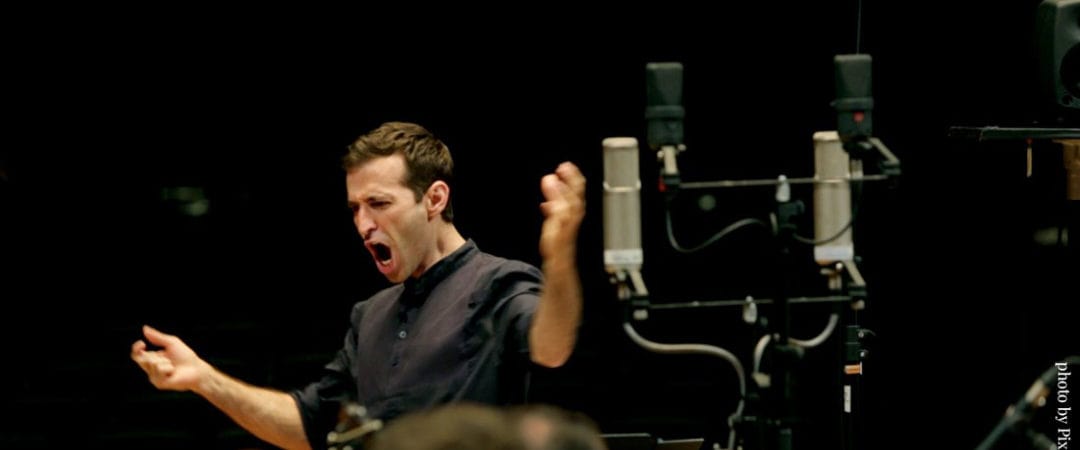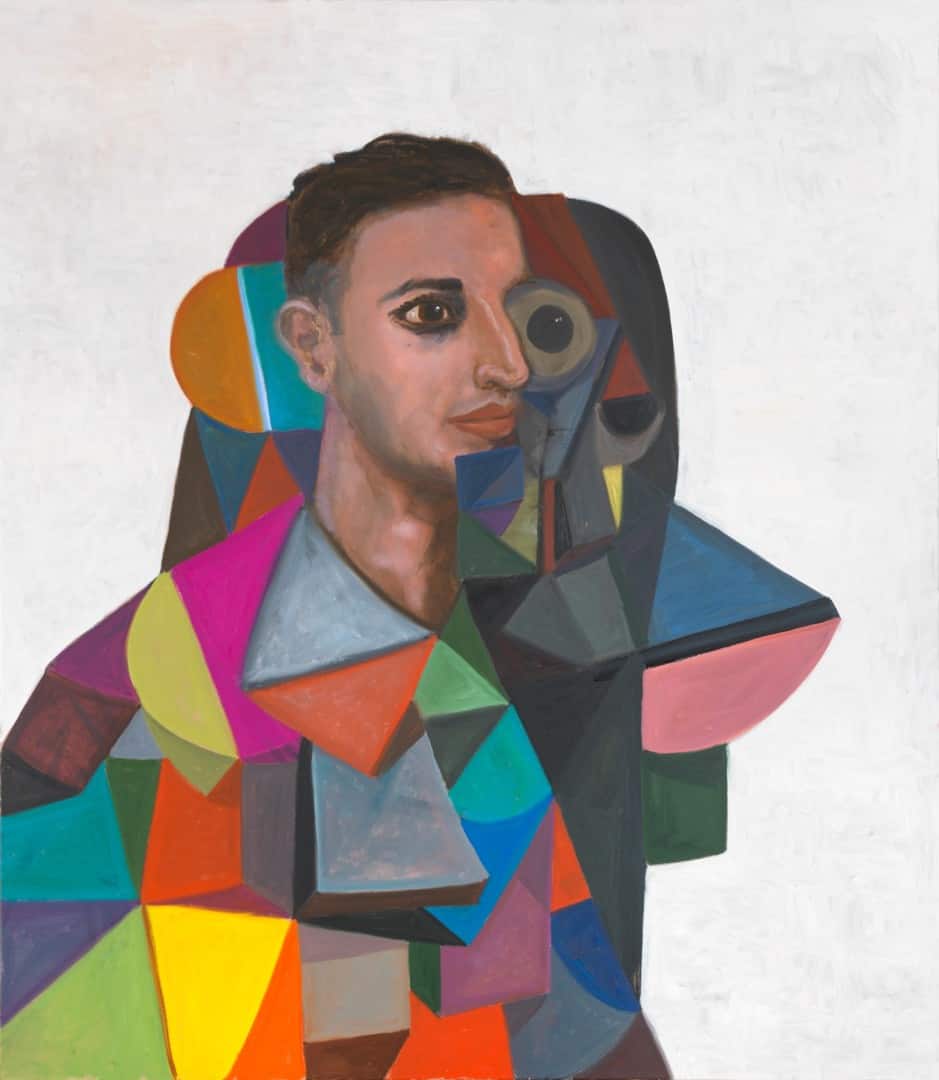
Opera speaks in history. It is an art form born out of reverence for ancient Greece and the Roman Empire. Opera speaks in names. The mystic Hildegard of Bingen and Jacopo Peri. Mozart and Puccini. The language of the operatic voice is foreign and esoteric. Recitative. Coloratura. Verismo. For the novice, it is an art highly impenetrable. Where do you start with an art form that first began the 1100s and is still being composed today, yet almost hidden, from the mainstream?
To translate the entirety of opera to a modern audience is a difficult task, but singer Anthony Roth Costanzo is fully capable. In opera, there are vocal types — categorized from low to high. Female and male. Costanzo is a countertenor or to the layperson, he sings falsetto — think Thom Yorke, Michael Jackson. Think Prince and Justin Timberlake. His is a powerful instrument trained to fill a theater for long stretches of time sans amplification.
During his tenure with New York’s Metropolitan Opera, Constanzo visited a classroom of 6th graders in the Bronx and asked them what they knew about opera. The room erupted in wails and arms raised in dramatic posturing. Costanzo moves the discussion towards the various emotions we experience and what each of those would sound like and when they reach sadness, Costanzo tells them, “Let me take that feeling and put that in the music.” He then performs Handel’s Pena Tiranna. For a few minutes, Costanzo is the music. It is not a vague characterization he puts on. He makes the music tangible and real, creating an honest connection that can silence a classroom of 6th graders.
NPR’s Tiny Desk Concert series has hosted Dave Matthews, Erykah Badu, Rakim, and a slew of up and coming indie bands in their crowded office studio space and for his episode behind the Tiny Desk, Costanzo brought along harpsichordist Bryan Wagorn, flutist Alice Teyssier, and bassoonist Rebekah Heller. His set opened with Liquid Days, a song written by Philip Glass with lyrics by David Byrne. As real as Costanzo delivers the sadness of Pena Tiranna, he reaches the incredible heights of joyful love in Liquid Days. He again performs Pena Tiranna and even in the bright daylight of a radio studio all you can see, and feel, is Costanzo.
In September 2018 Costanzo released ARC, an album consisting of 12 songs that play out over 62 minutes. The compositions are divided between two composers — Handel, who, during his lifetime (1695-1759) wrote contemporary music but has long since been a mainstay of the classical music oeuvre, and Philip Glass, a composer who is still very much alive and working within the classical world.
The contrast of lifespans does not correspond to the music written — with Costanzo’s guidance the ear goes from one to the other, Glass to Handel and back again, linked through the clear voice and vision of the artist. American painter George Condo‘s portrait of Costanzo that adorns ARC depicts the singer literally bright-eyed, lifting up through a variety of misshapen boxes. This is the visual identity of Costanzo as a recording artist. Rebellious and mindful of the history he is a part of.

Portrait of Anthony Roth Costanzo by George Condo
In conjunction with ARC and his GLASS HANDEL performances, Costanzo (alongside VISIONAIRE, National Sawdust, and producer Cath Brittan) commissioned a series of music videos from the likes of Hollywood directors Mark Romanek and James Ivory to art collective AES+F and multi-media artist Tenzhou Chen. In an interview with The New York Times, Costanzo stated, “The Met is great, but it’s not going to be my bread and butter. And then what do you do? Do you go around singing Bach in churches and do all the Baroque operas you can in Europe? Or do you create something new?” Again, the answer to that question is found in Costanzo himself.
